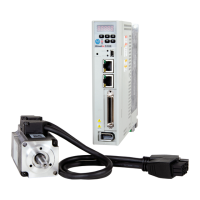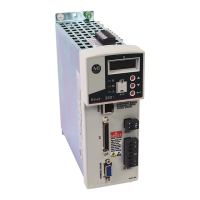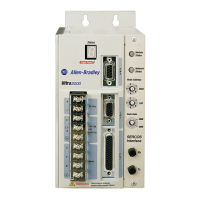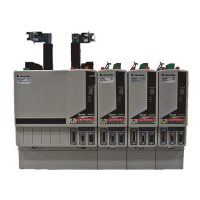340 Rockwell Automation Publication 2198-UM004A-EN-P - October 2019
Chapter 12 Motion Control Applications
Figure 164 - Pulse By-pass Function - I/O Connector
Clutch Engagement and Disengagement
When the E-Cam function is enabled, the state of the clutch determines whether
the slave axis start operates according to the received master axis signal or not.
When the clutch is engaged, the slave axis operates according to the received
master axis pulse and the cam curve. When the cam is disengaged, the slave axis
does not operate according to the cam curve even if the slave axis receives the
master axis pulse.
Condition for Engagement
When the E-Cam function is enabled, the slave axis can only be operated
according to the master axis signal and the cam curve when the clutch is in the
engaged state, as shown in Figure 165
. The timing condition of the clutch
engagement can be set by parameter ID376 (P5.088.Z). Kinetix 5100 provides
two kinds of timing conditions for users to choose.
• Immediate engagement (ID376 (P5.088.Z) = 0) — The clutch is engaged
immediately after the E-Cam function is activated, and the slave axis
immediately operates according to the master axis signal and the electronic
cam curve.
• Engagement controlled by Digital Input (ID376 (P5.088.Z) = 1) — The
clutch is engaged when the digital input DI:CAM [0x036] is triggered.
When this DI is triggered, the clutch remains engaged until a
disengagement condition is reached.

